What Is Autism Pinching Behavior?
Understanding the Complexities of Self-Injurious and Repetitive Behaviors in Autism

Introduction to Autism and Self-Injurious Behaviors
Autism Spectrum Disorder (ASD) is characterized by a wide range of behaviors and challenges, including difficulties in communication, social interaction, and sensory processing. Among these behaviors, self-injurious actions—such as pinching, head banging, biting, and scratching—are prevalent and can significantly impact the quality of life for individuals with autism and their caregivers. Recognizing, understanding, and effectively managing these behaviors are critical for improving developmental outcomes and daily functioning.
What Is Autism Pinching Behavior?
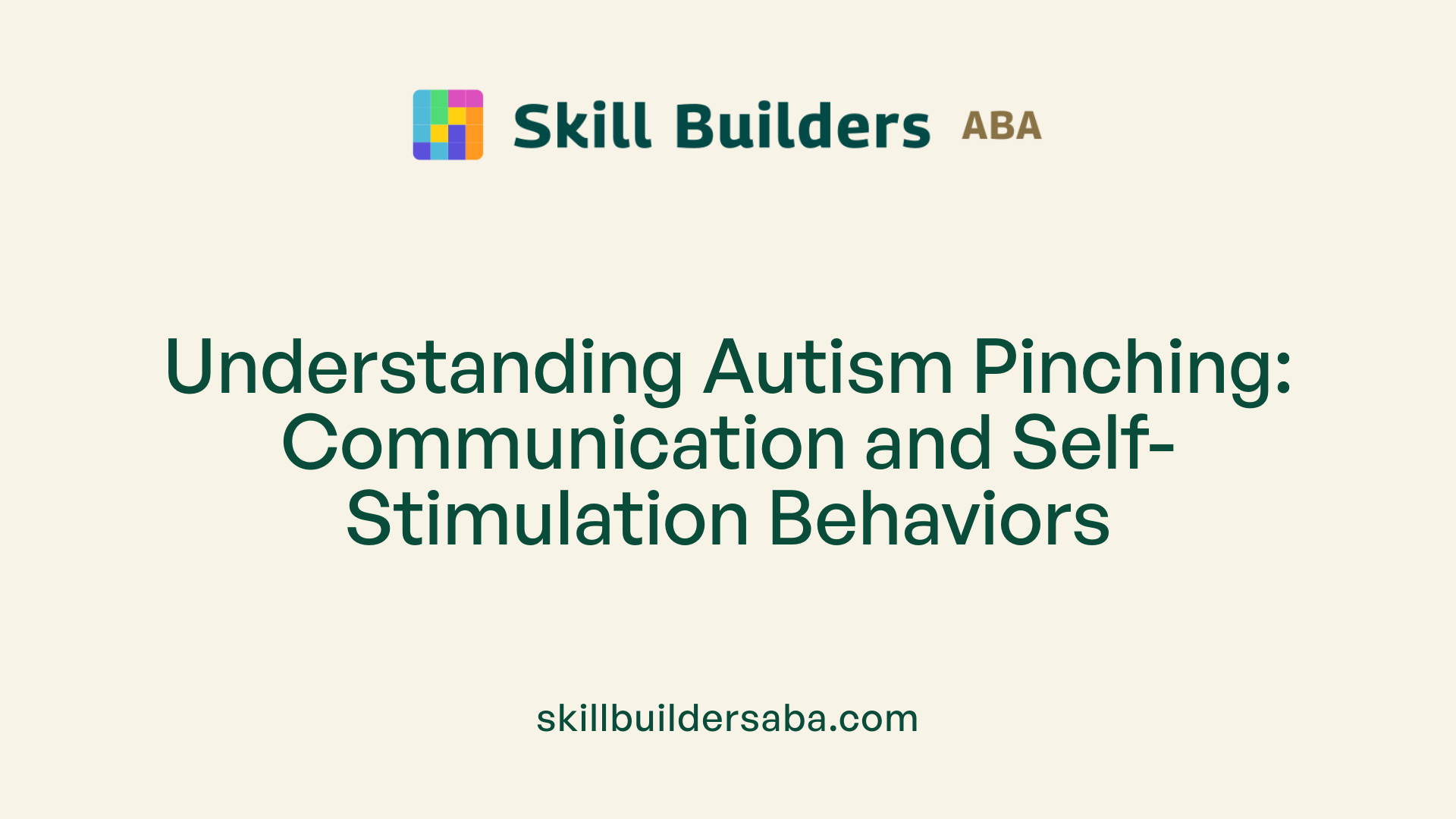
What is autism pinching behavior?
Autism pinching behavior involves children or individuals with autism using pinching as a way to communicate or self-stimulate. This behavior is often driven by internal needs or feelings that are hard to express verbally.
Role as communication or self-stimulation
Pinching can serve dual purposes. For some, it acts as a form of communication, signaling discomfort, frustration, or a demand for attention when other methods of expression are challenging. Others may pinch as a form of stimming—repetitive behaviors aimed at providing sensory input or comfort.
Expression of discomfort, frustration, or need for attention
When overwhelmed or unable to articulate their feelings, children with autism might resort to pinching to get their message across. It can reflect emotions like stress, anxiety, or excitement. In some cases, it is an attempt to seek sensory stimulation or alert caregivers to their needs.
Impact of sensory sensitivities or information processing difficulties
Many individuals with autism experience heightened sensory sensitivities or difficulties processing information. These sensitivities can lead to behaviors like pinching as responses to sensory overload or a way to cope with unfamiliar or overwhelming environments. Sometimes, pinching occurs because the person seeks additional sensory input when they are hyposensitive—meaning they crave more sensory stimulation.
Managing pinching behavior
Understanding the root cause is essential for managing this behavior effectively. Strategies include identifying triggers, teaching alternative communication methods, creating sensory-friendly spaces, and employing positive reinforcement. Supporting children with autism by teaching appropriate ways to communicate and providing sensory regulation tools can greatly reduce the incidence of pinching behaviors.
By addressing both sensory needs and communication skills, caregivers and educators can help reduce the frequency of pinching and improve overall well-being for children with autism.
Causes and Triggers of Pinching in Autism
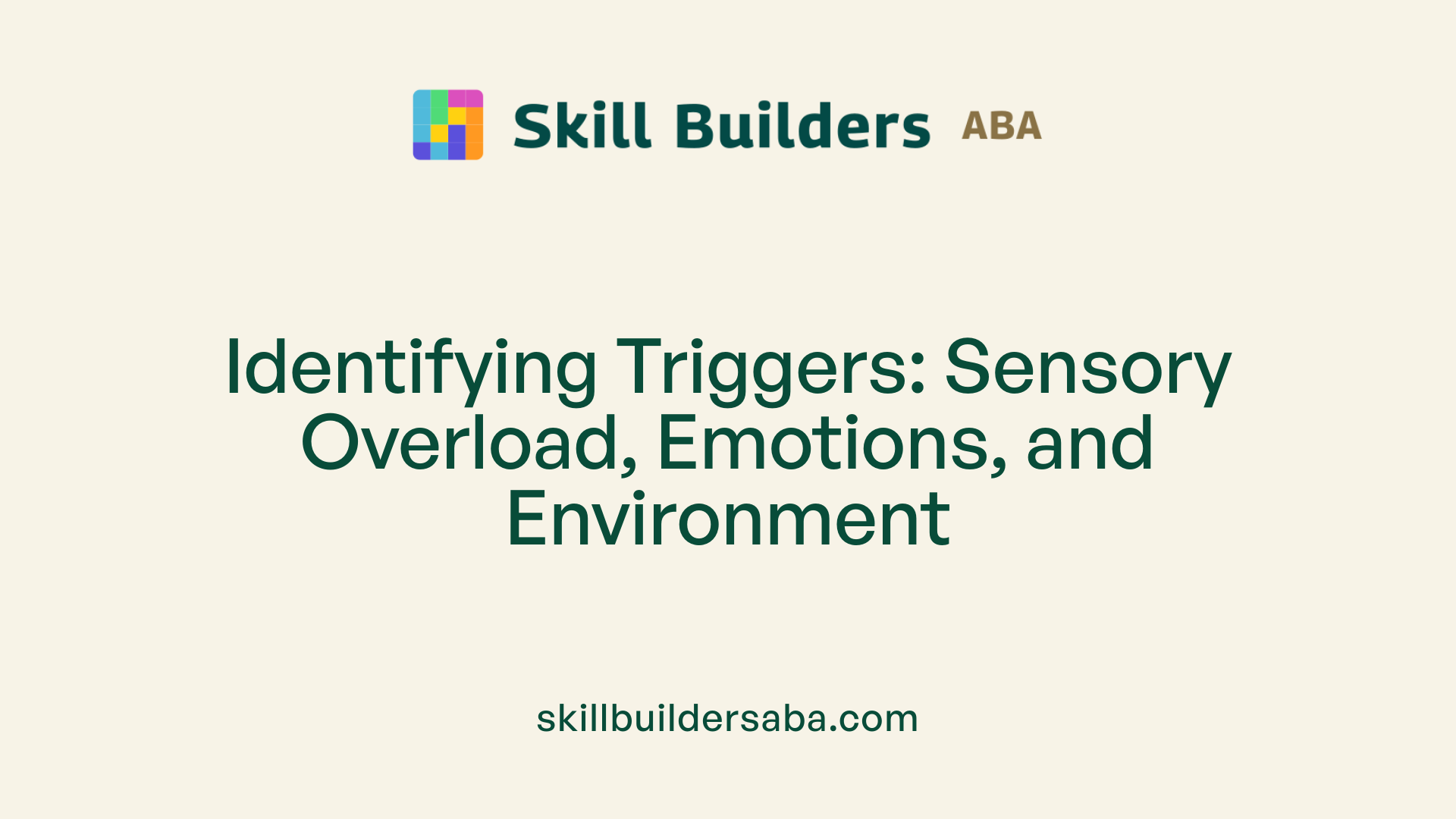
What are the causes and triggers of pinching behavior in individuals with autism?
Pinching is a common challenge among children and adults with autism, often serving as a way to communicate or manage feelings. It can be triggered by several internal and external factors.
One major cause is sensory overload. When an individual is exposed to intense, uncomfortable, or overwhelming stimuli—such as loud noises, bright lights, or certain textures—they might pinch as a way to self-soothe or block out the sensory input.
Sensory needs also play a role. Some autistic individuals seek specific sensory inputs, and pinching can be a way to satisfy this need when other avenues are unavailable or insufficient.
Communication difficulties are another significant factor. When children struggle to express needs like hunger, thirst, or discomfort verbally, pinching may emerge as an alternative form of communication or a response to frustration.
Emotional factors, including anxiety, fear, or a sense of being overwhelmed, can provoke pinching behavior. These emotional states often occur during transitions, unfamiliar environments, or stressful situations.
Self-injurious acts, including pinching, can also be a coping mechanism. In some cases, it helps individuals manage feelings of stress, frustration, or pain, providing a sense of control or relief.
Environmental factors and learned behaviors further influence pinching. If previous instances of pinching resulted in immediate attention or escape from an undesired situation, the behavior might be reinforced. Over time, this reward can make pinching a habitual response to specific triggers.
Understanding these triggers is crucial for developing effective intervention strategies. By identifying the root causes, caregivers and professionals can implement tailored approaches to reduce pinching episodes and support the individual's communication and sensory needs.
The Significance of Pinching as an Indicator in Autism

What is the significance of pinching behavior in autistic children?
Pinching is a common behavior observed in many children with autism, often serving as a signal that the child is experiencing some form of discomfort or an unmet need. Since children with autism may have limited verbal communication skills, behaviors like pinching can act as an alternative way to express their feelings or internal states.
This behavior can be linked to sensory sensitivities, where the child might feel overwhelmed by certain sounds, textures, or lights. It may also reflect emotional distress, frustration, or anxiety. When children pinch, they might be seeking sensory input or trying to self-soothe in response to overwhelming stimuli.
Recognizing the meaning behind pinching helps caregivers and professionals better understand what the child is experiencing. For instance, a child pinching after a loud event might be signaling sensory overload, while pinching during play could indicate a desire for attention or an attempt to communicate a need.
Addressing pinching involves carefully identifying its triggers and providing appropriate support. This could include sensory regulation strategies like creating calmer environments, using fidget tools, or teaching alternative communication methods such as sign language or picture exchange communication systems (PECS).
Overall, understanding pinching as a form of communication is vital. It allows for tailored interventions that can reduce stress for the child, improve their ability to express needs, and enhance their overall well-being.
Recognizing Autism-Related Behaviors in Daily Life
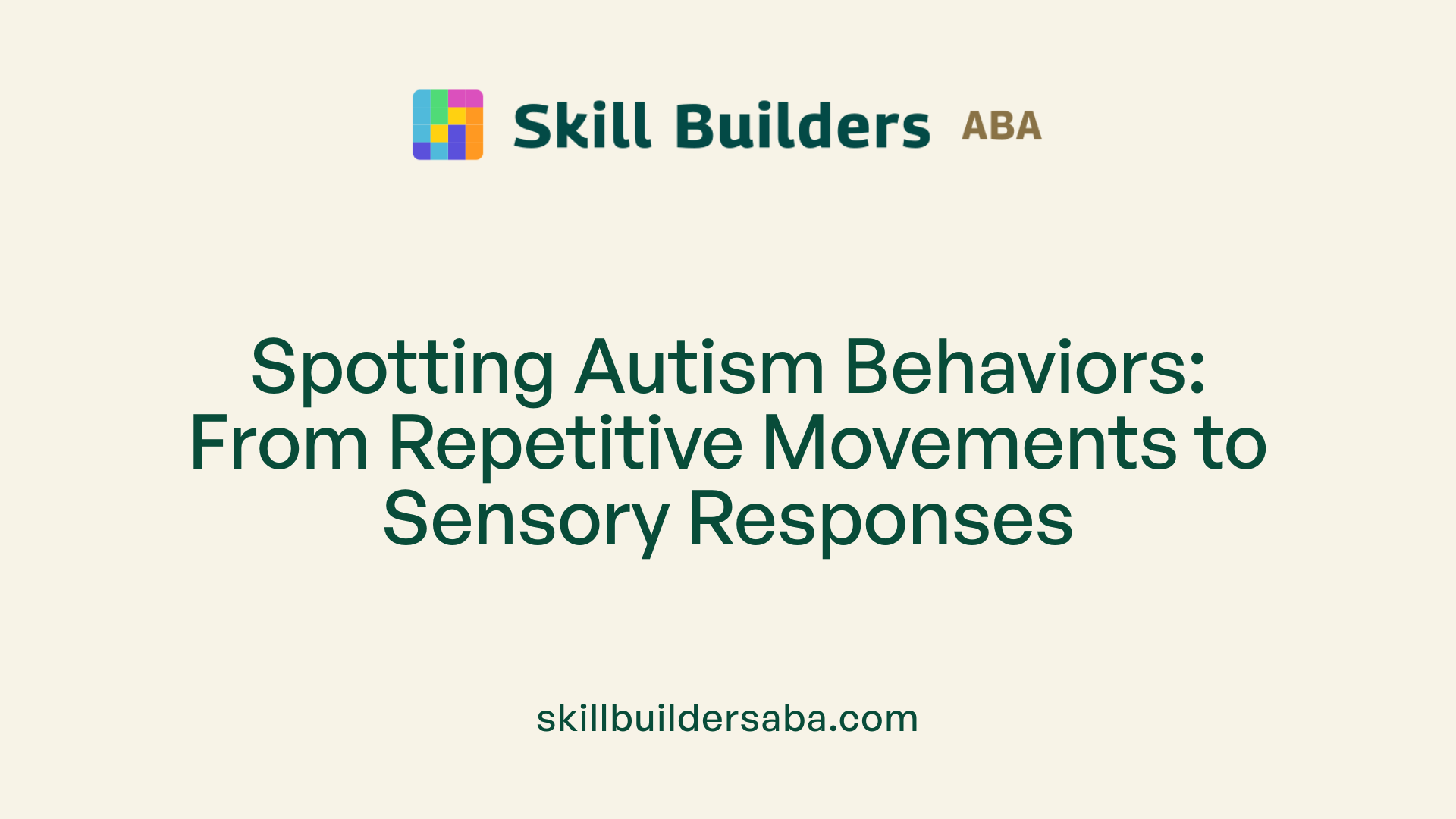
What behaviors are associated with autism that parents and educators should recognize?
Autistic children often display a variety of behaviors that serve as important signals for understanding their needs. Repetitive motions and stimming behaviors are common; these include hand flapping, body rocking, bouncing on toes, or flickering fingers. These actions help the child self-regulate and may be responses to excitement, stress, or sensory overload.
Self-injurious actions such as head-banging, biting, hair pulling, or skin picking are also observed in some children with autism. These behaviors can be ways to communicate frustration, discomfort, or to seek sensory input. Recognizing these signs early is essential for providing appropriate support.
Sensory sensitivities are another hallmark. Many children might react strongly to sounds, lights, textures, or smells—covering ears, squinting, or becoming overwhelmed are typical responses. These reactions often influence behavior, making environments stressful if not adapted.
Challenges with social and communication skills are evident through poor eye contact, delayed speech development, difficulties recognizing facial expressions, and limited use of gestures or alternative communication strategies. These issues can affect a child’s ability to engage with peers and adults.
Familiarity and comfort with routines are crucial for many children with autism. They tend to prefer predictable schedules and may focus intensely on specific interests or topics. Difficulty adapting to changes or novel situations can also be observed.
Understanding these behaviors helps parents, educators, and caregivers create supportive environments. It enables early interventions and tailored strategies to help children develop skills and reduce distress.
For further information on autism behaviors recognition, consider consulting authoritative sources or official autism organizations that provide guidance on identifying and supporting children with autism.
Management Strategies for Pinching in Autism
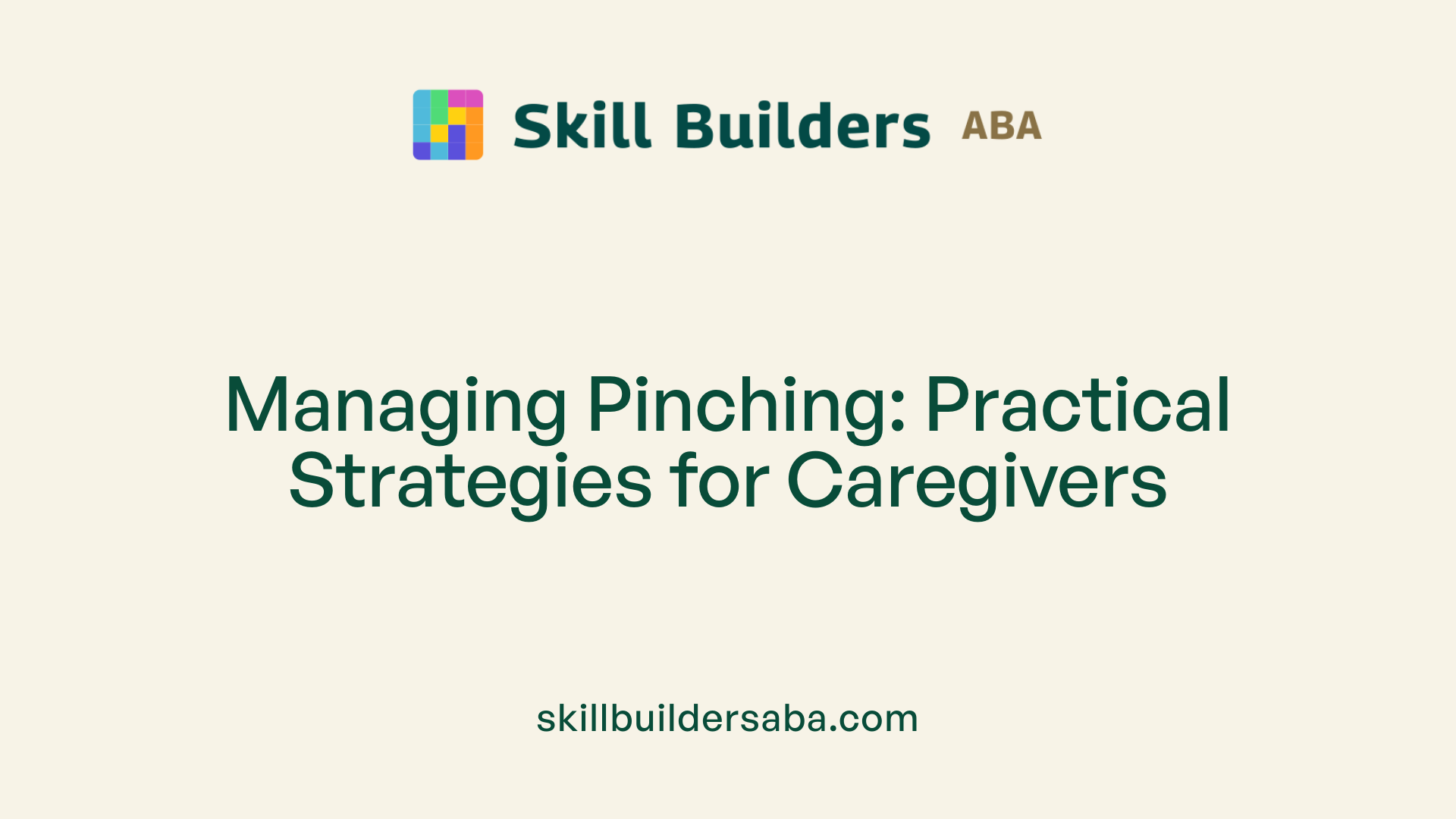
How can parents and caregivers manage and reduce pinching behavior in children with autism?
Pinching is a common behavior among children with autism, often serving as a form of communication, a response to sensory overload, or a reaction to stress and frustration. Managing this behavior effectively requires a comprehensive approach.
First, it is crucial to identify and understand the underlying causes and functions of pinching. Behavioral assessments, such as functional behavior analysis (FBA), can reveal whether the behavior is aimed at gaining attention, escaping demands, or seeking sensory input. Recognizing the triggers allows for tailored interventions.
Teaching alternative communication methods is a vital step. For children with limited verbal skills, using sign language, picture exchange communication systems (PECS), or communication devices can help express needs and reduce frustration.
Providing sensory input through safe and acceptable tools or activities can help meet sensory-seeking behaviors. For example, offering fidget toys, textured items, or sensory bins may reduce the urge to pinch.
Environmental modifications also play an important role. Creating a sensory-friendly space with appropriate lighting, noise levels, and calming activities can minimize stressors that lead to pinching.
Behavioral interventions, including positive reinforcement for appropriate behaviors and redirection when the child attempts to pinch, are effective techniques. Reinforcing positive communication and self-regulation strategies encourages safer behaviors.
In some cases, if behavioral strategies alone are not sufficient, medical options such as medication might be considered under the guidance of healthcare professionals. Drugs like risperidone or aripiprazole can help manage severe or persistent pinching behaviors, especially when associated with underlying issues like severe anxiety or aggression.
Combining these approaches—behavioral, communicative, sensory, and, when necessary, medical—provides a holistic strategy to significantly reduce pinching incidents and improve quality of life for children with autism and their families.
Pinching as Part of Broader Self-Injurious Behaviors
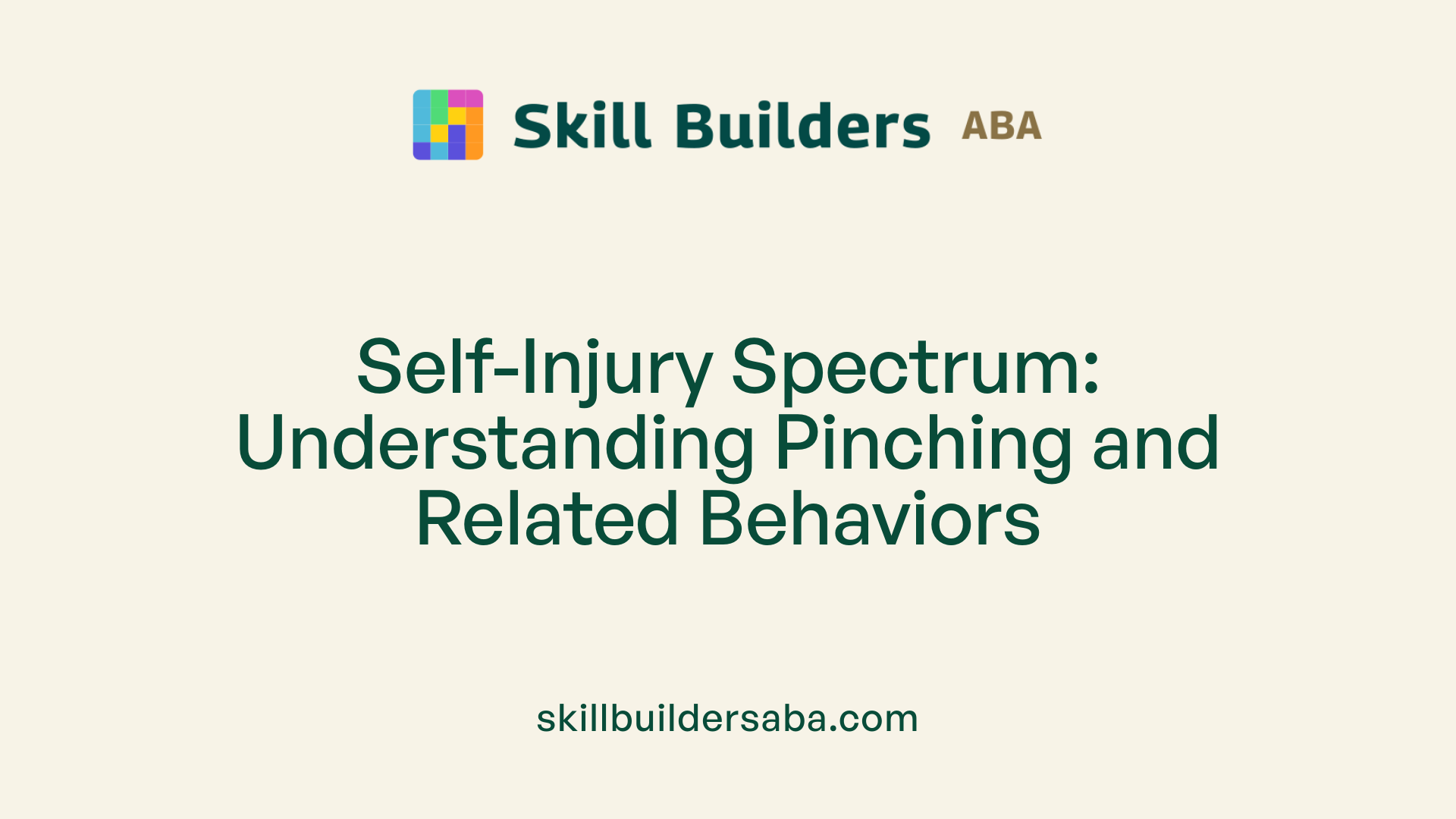
How does pinching relate to other self-injurious behaviors in autism?
Pinching is a specific form of self-injurious behavior (SIB) that frequently appears among children with autism. It shares functional similarities with other SIBs, such as head-banging, biting, scratching, and hair pulling. These behaviors often serve as coping mechanisms or communication tools for individuals who have difficulty expressing needs verbally.
Like other SIBs, pinching can be reinforced if it provides sensory stimulation or helps to relieve stress and frustration. For example, a child might pinch themselves to feel the sensation of pain or stimulation, which could be calming or satisfying. Alternatively, pinching might be a response to internal discomfort, like anxiety or sensory overload.
The motivations behind SIBs in autism are diverse. They can be functions like gaining attention, escaping demanding situations, or fulfilling sensory needs. These actions tend to be learned behaviors that become reinforced over time, creating a cycle that can be difficult to break without targeted intervention.
Understanding how pinching fits within this spectrum of SIBs is important for developing effective strategies. Since different behaviors serve similar functions, identifying the specific triggers and reinforcing factors for each individual allows caregivers and professionals to tailor interventions that address the root causes.
Overall, pinching is connected to other SIBs as part of a broader set of behaviors that individuals with autism may employ to manage their environment and emotional states, highlighting the importance of comprehensive assessment and personalized support.
Evidence-Based Interventions and Future Directions
What are effective interventions and treatments for managing pinching and related behaviors in autism?
Managing pinching and other self-injurious behaviors in children with autism requires a multifaceted approach that addresses both the behavior itself and its underlying causes.
Behavioral therapies, especially Applied Behavior Analysis (ABA), are widely used. ABA helps modify behaviors through reinforcement of positive actions and extinction of harmful ones. Conducting a functional behavior assessment (FBA) is essential to understand why a child pinches, whether for communication, sensory needs, or emotional regulation. Based on this assessment, tailored interventions can be developed.
Sensory integration therapy and environmental modifications can also play a vital role. Adjusting the environment to reduce sensory overload or providing sensory alternatives—like tactile toys or calming activities—may lessen the urge to pinch. For example, creating a sensory-friendly space helps children manage overstimulation.
In cases where behavioral strategies alone are insufficient, medication may be considered. Pharmacological options such as risperidone or aripiprazole can help reduce severe self-injury. However, these treatments come with potential side effects, so they must be used under close medical supervision.
Supporting emotional regulation and communication is equally important. Enhancing a child's ability to express needs through pictures, sign language, or speech can reduce frustration-driven pinching. Teaching coping skills and providing consistent routines also help minimize triggers.
In summary, effective management combines behavioral interventions, sensory and environmental adjustments, medication when necessary, and communication supports. Continued research aims to refine these strategies and develop new approaches to improve quality of life for children with autism.
| Treatment Type | Focus | Additional Notes |
|---|---|---|
| Behavioral therapies | Reduce problematic behaviors, teach communication | Includes ABA and functional behavior assessment |
| Sensory and environmental modifications | Minimize sensory overload, provide sensory outlets | Use of calm spaces, sensory toys |
| Pharmacological treatments | Manage severe self-injury | Example medications: risperidone, aripiprazole |
| Emotional and communication support | Improve expression of needs, reduce frustration | Use of visual aids, social stories |
Supporting Effective Strategies and Future Outlook
Understanding and addressing autism pinching behavior requires a nuanced approach that considers sensory processing, communication abilities, and emotional well-being. Caregivers, educators, and clinicians must work collaboratively to identify triggers, implement appropriate interventions, and support alternative communication strategies. As research advances, the hope is for more personalized and effective therapies that can reduce harmful behaviors like pinching while promoting positive development and improved quality of life for individuals with autism. Continued education and access to resources are essential for fostering safe and supportive environments where children with autism can thrive.
References
- How to Resolve Biting in Children with Autism - Dr. Mary Barbera
- Self-injurious behaviour - a guide for all audiences
- Help our child who has autism he won't stop pinching or hitting!
- Hand Flapping and Stimming in Autism
- Distressed behaviour - a guide for all audiences
- Managing Autism Pinching Behavior: A Guide - NeuroLaunch.com
- Stimming: Understanding this symptom of autism
.svg)














